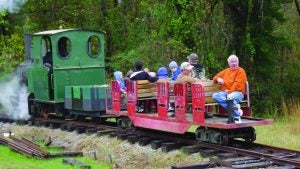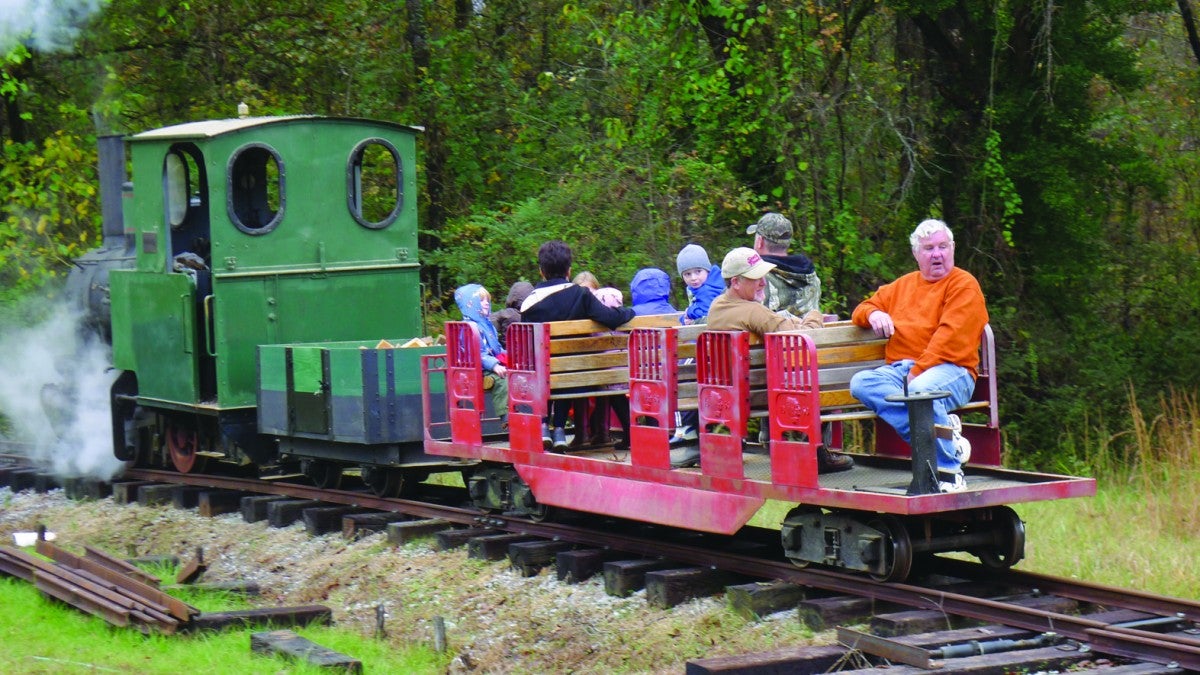World War I vintage locomotive will run Saturday
Published 3:20 pm Monday, April 3, 2017
World War I vintage locomotive will run Saturday
 By Johnny Nelson
By Johnny Nelson
Readers who followed the “100 years ago” section in The Commercial Appeal during the summer of 2014 were reacquainted with the early events of World War I. Prewar German strategists had determined that military action against France could best be accomplished by striking at that country with a rapid push through Belgium.
The German assault began on the night of August 3, 1914.
The German movement along the road system was at first so successful as to foretell of the blitzkrieg of the next world war. The shaken Belgians were forced to move their capital from Brussels to Antwerp. It appeared for a while that the Allies might lose their ports on the English Channel.
Those fascinated by the great leaps in automotive technology of that day seemed almost giddy from the initial German success. A writer in the Appeal spoke of these vehicles as having “replaced the prancing steeds carrying officers back and forth along the battles, and transporting ammunition and food to the front from distances unheard of in other wars …”
But once the Allies dug in and the German offensive stalled, the Western Front degenerated into a sea of mud in which wheeled road vehicles sank down to the axles. It was obvious that railroads would have to supply the front, but it was impractical to utilize large, standard gauge engines and cars for this purpose. Such wide roadbeds up to the trenches would have been impractical. Beside, the big engines would have been sitting ducks for enemy artillerymen.
A practical solution came from the work of a Frenchman neamed Decauville who had developed the system of 60 cm-gauge (two ft.) railways in the late 1800s. The idea originated as a means for farmers to remove crops from boggy fields, but the French army was quick to see the military value of such systems. Germany’s military adventures in Southwest Africa some years before had taught that army the value of light railways that could be rapidly built and maintained to keep troops supplied.
British military planners had been overconfident in the capabilities of lorries (trucks), and in 1913, the British War Office had decided that in the future wars such vehicles would move supplies from railheads to the front. As a result, the Brits had to rush production of narrow gauge locomotives and contracted Baldwin Locomotive Works of Philadelphia to augment British production.
All belligerents on the Western Front soon developed a system of little two-foot-gauge engines and rails to carry troops and supplies from where the standard gauge rail lines stopped in the rear up to the front lines. Black curtains were sometimes draped around the cabin openings to prevent the glow of the boiler’s firebox from being seen by enemy gunners. The light tracks could be put down without machinery by labor battalions and then taken up and moved as the front changed.
I knew little of this interesting piece of railroad history when I began searching for a small engine to work at my steam mill. I wanted something like the little engines that the H. K Porter Company produced for use on Louisiana sugar plantations and for small logging operations, but it is difficult to find any small, narrow gauge locomotive. Eventually I was ready to accept most anything that was mechanically sound.
In 2004, an Internet site advertised a small German locomotive for sale in New Jersey, and I went up to take a look. She had the appealing name of Marie, but her European profile seemed to make her more suitable for hanging out with Thomas and friends on the island of Sodor than for working my redneck mill. But during subsequent visits I warmed up to her looks and brought her home.
It was later while sorting through some of the documentation passed on by the previous owner that I learned more of her history. Marie came out of the Orenstein and Koppel plant outside Berlin in March, 1913. By late 1914 she was supplying German troops in Belgium. She was left there after the armistice to build roads and work on construction sites for the Belgians. Somehow, small and obsolete as she was by WWII, she escaped being scrapped by the Germans when they again roared through Belgium.
After surviving two wars Marie continued light construction work until traded for a gas-powered engine in the early 1950s. She was in storage for awhile and likely again escaped the cutting torch before being purchased by a collector who later resold her in the 1970s to the gentleman in New Jersey.
Having turned 104 last month, Marie is semi-retired but occasionally comes out of her house to steam past the mill on about a quarter mile of track. Her next run this Saturday, March 8, will be a special one. After remaining neutral for almost three years, the U.S. entered the Great War on April 6, 1917. It might seem inappropriate to mark an American milestone with a German locomotive, but Marie is a World War I veteran, and after a century it doesn’t seem to matter much that she fought for the other side.
Marie will run from 9:30 a.m. until mid-afternoon, assuming that the locomotive and her engineer hold out.



